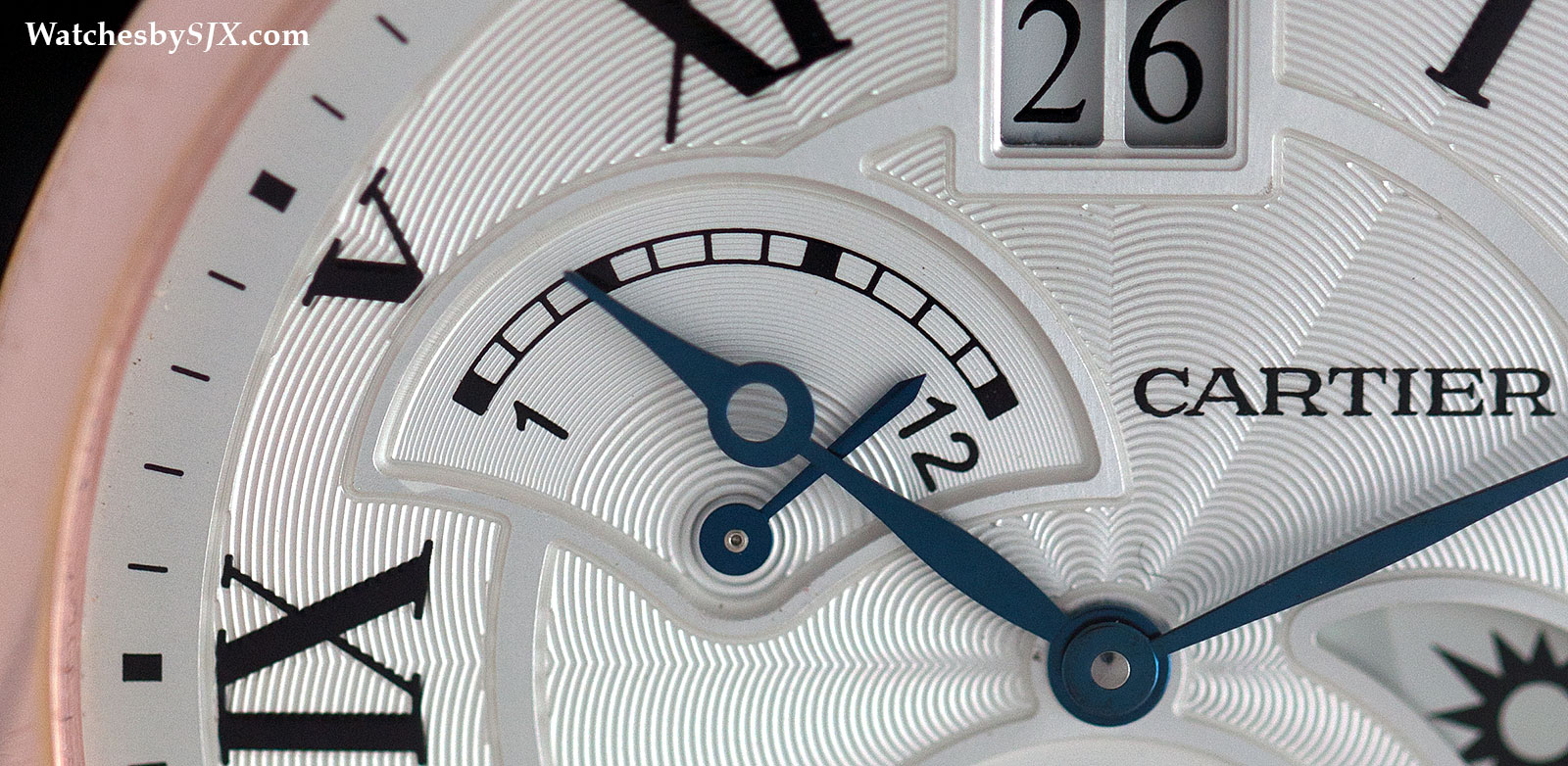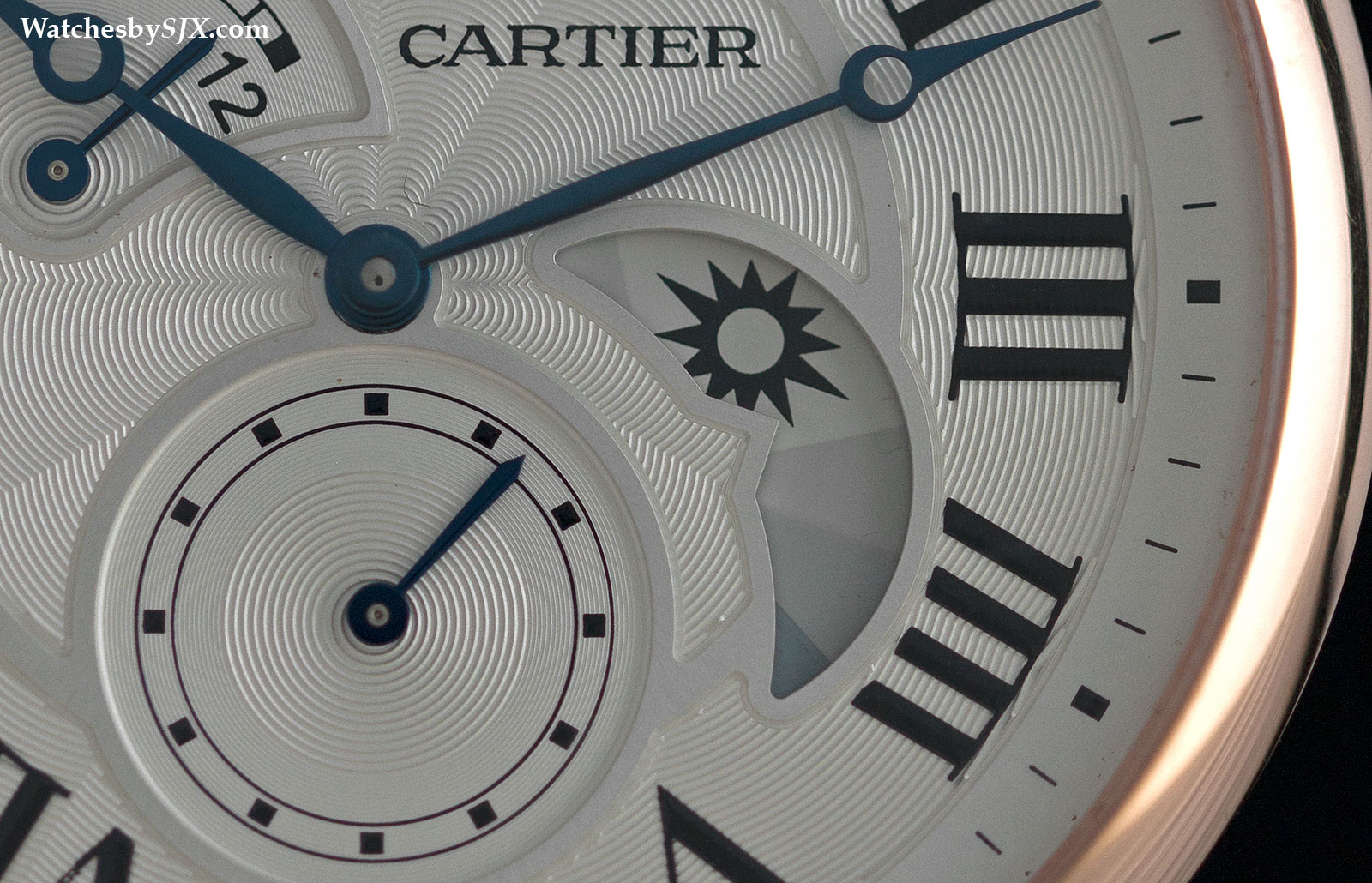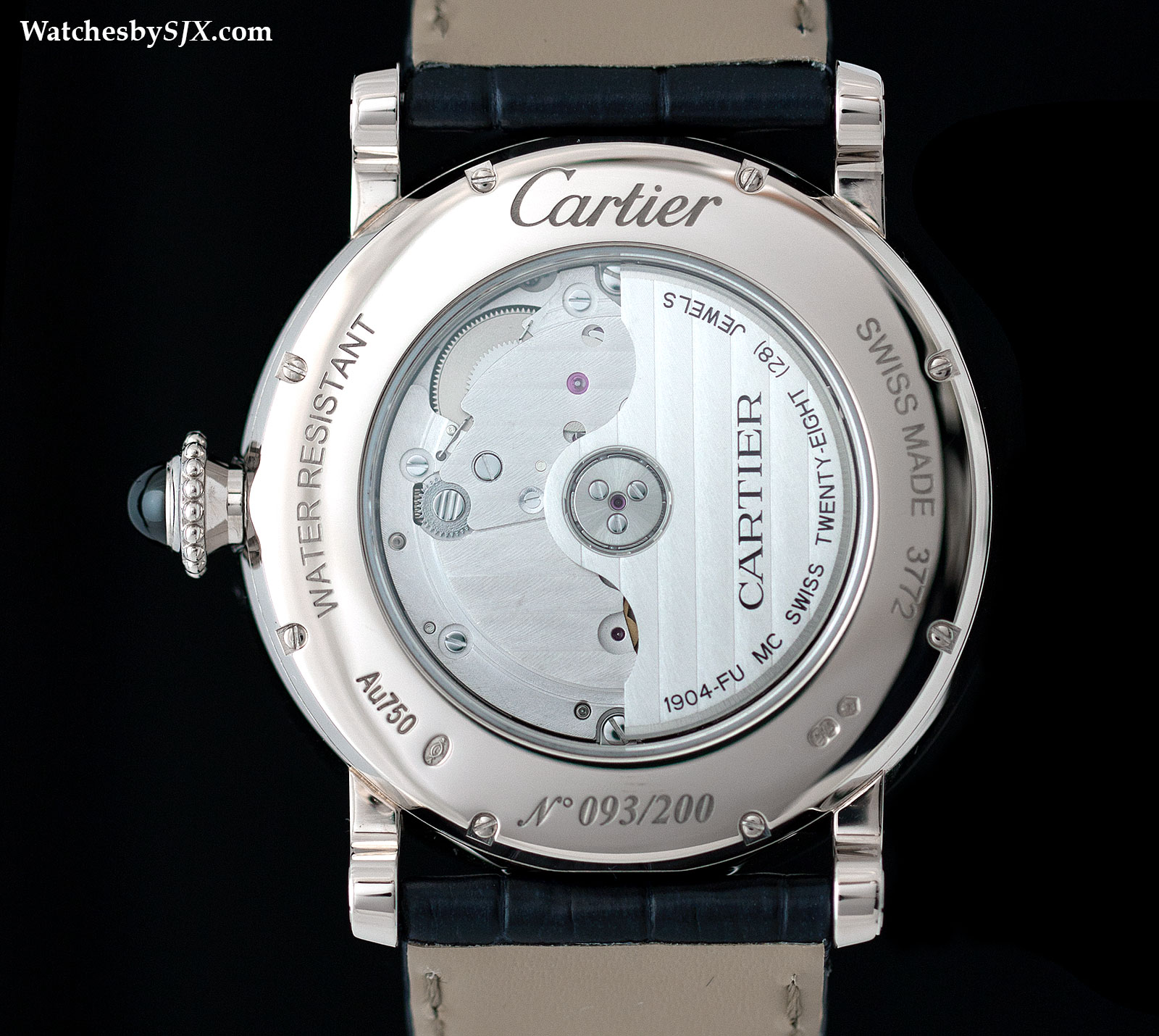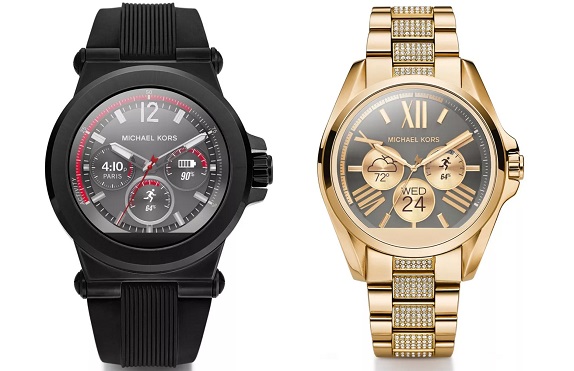As the reviews editor for this tech blog, I often get asked which fitness tracker I own. And I tell people: I don’t need one, silly; I run marathons. Maybe that sounds snotty, but it’s true: During training season, at least, I’m probably more active than most people buying a fitness band. And besides, I already own a running watch to track my time, distance and pace. That doesn’t mean I can’t use a little extra motivation, though. My activity slowed to a crawl this winter, precisely because I was burned out from all those long training runs. (The frigid weather didn’t help either.) At one point, I didn’t exercise for nearly two weeks. I gained back the weight I lost last year, and my muscle mass shrank. It now hurts to do squats. Even so, asking me to wear another device is a tough sell — especially when it means my stats are getting spread across different services.
For people like me, there’s the Garmin Forerunner 15, a sports watch that doubles as a fitness tracker. Like other running watches, including those made by Garmin, the Forerunner 15 tracks your distance, pace and time. It’s offered with an optional heart rate monitor, and has a handy run-walk setting. But it also tracks your activity between workouts, telling you how many steps you’ve taken and how many calories you’ve burned. It issues not-so-subtle reminders to move, lest you spend too much time in your cubicle. At the same time, it doesn’t do everything a standalone fitness tracker would: It doesn’t monitor your sleep habits, and you can’t log your food intake directly from the app. Priced at $170 ($200 with the heart rate monitor), it costs more than your typical fitness tracker, but it’s cheap for a running watch. So is it a good deal? That all depends on your priorities.
Hardware
Compared to other fitness trackers on the market — models from Jawbone, Fitbit and Nike — the Forerunner 15 is bulky, especially sporty-looking. Remember, though, that this is a running watch we’re talking about, not so much a fitness tracker. And compared to other sports watches, it’s actually pretty lightweight. Like many of you, I’m upgrading from an older model, a much-clunkier watch called the Forerunner 110. And let me tell you: The weight difference is noticeable. The first time I put this on, I kept glancing back at my wrist as I ran up the block, as if I had forgotten something at home. Nope, that’s just what it feels like to take a load off.
For the purposes of this review, Garmin loaned me a black watch with electric-green accents. Not the color scheme I would have picked, but real-life shoppers will at least get a choice. In addition to the green-and-black one, you can order it in black with blue accents, red with black accents, teal with white or violet with white. Regardless, it’s not going to blend in with your everyday outfits the way a Jawbone Up24 would, especially in these summer months when covering it with long sleeves isn’t really an option. Most days, I stuck it out, even if the watch didn’t go with my dress, but there were a few days when I sacrificed fitness for style and decided to leave the band at home.

As it happens, the size and design are identical to the Forerunner 10, a cheaper, $130 watch from Garmin that doesn’t include features like continuous step counting, heart rate tracking and interval training. Like the Forerunner 10, it has a plastic band with lots of sizing holes; and a 55 x 32-pixel display that shows two lines of text and is easy to read outdoors. It’s also waterproof up to 50 meters, meaning you can shower with the thing, or even go swimming with it if you’re so inclined (note: Garmin warns against wearing this for high-speed water sports like jet skiing, as a wipeout could still break the watch).
In the box, you’ll also find a proprietary cradle that plugs into your computer’s USB port — you’ll use that for charging and syncing the device. If I’m honest, I would have preferred a standard micro-USB charger, but at least the cradle is sturdier than on the 110. With the 110, I would sometimes wake up for a run to find that my watch wasn’t actually charged. On the Forerunner 15, the cradle snaps in, so you never have to wonder if the charging points are properly aligned. Also, proprietary cable or no, the setup here is quite simple: I’ve just been leaving the cradle plugged into my laptop, which means I typically charge the watch long before I need to. Speaking of which, the Forerunner 15 is rated for five weeks in watch mode and eight hours of running, so your mileage will vary depending on your exercise regimen. That said, I recently completed a two-hour run and still had three out of four bars of battery life, which means Garmin’s claims are probably pretty accurate.
Setup
Similar to other fitness trackers, you’ll need to first walk through a short setup on the watch itself. In particular, you’ll be asked to divulge a few specifics about yourself, including weight, height, gender and birth year. You can also set a max heart rate — a sort of redline, if you will — though that’s, of course, optional, especially if you didn’t bother to buy the available heart rate monitor. Once you do that, you’re ready to start moving.
All told, the learning curve should be pretty slight. The Forerunner 15 has four buttons along the sides, which you’ll use to find your way through the settings. These include: an “enter” key on the upper right; a button on the upper left to light up the screen; one on the lower left to navigate backward; and one on the lower right to cycle through menu options. With so few buttons, then, figuring out which to press basically comes down to a process of elimination.
As I said earlier, the display has room for two lines’ worth of information and by default, the time always sits on top. As for slot number two? You could see the date, your step count for the day, your calorie burn or your daily step goal. To cycle through these, just press the button on the lower-left side of the device. You’ll hear a beep every time you press a button and believe me, that can get a little annoying, since some menus are several layers deep. Fortunately, though, you can silence key tones from the settings if they start to annoy you.
In use
Even if you never log a run, you’ll be getting use out of the Forerunner 15: Start walking around and it logs your steps. Stay still for too long, and it’ll beep, with the word “Move!” showing up on-screen. And it’ll stay there, right in your face, until you get up and walk around for at least two minutes. It’s more or less the same approach Garmin takes with its higher-end Vivofit tracker, except in that case, it’s a red line, not the word “move.” Either way, it’s highly effective: A competing band might vibrate once when you’re in the middle of a meeting, at which point you can pretend the reminder never happened. Here, the reminders are discreet — and persistent.
As on the Vivofit, too, your daily step goal automatically changes from day to day depending on how active you’ve been recently. So, if you exceed your goal, your daily target will keep inching up. If you miss your goal, you might see it dip slightly the following day. What’s especially convenient is that either way, your step target will change gradually. So, if I go on an 11-mile run, it won’t drastically skew my daily step goal unless I consistently travel such long distances.
As a running watch, the Forerunner 15’s built-in GPS radio located my coordinates reasonably quickly, especially if I was in a spot where I’d been before (the front of my apartment building, for instance, where I begin most of my workouts). The watch is also good at holding onto that signal, especially compared to my older Forerunner 110, which sometimes lost track of where I was, even after it established my starting location. The distance tracking is also spot-on — it accurately pegged the distance around Brooklyn’s Prospect Park, for instance, basically matching the distance posted online.
Though the watch is designed so that you can use it out of the box with barely any setup, there are still a couple things you might want to tweak before going on your first run. By default, the watch shows your distance and elapsed time as you’re running. That’s fine for me personally, but if you like, you can instead have the watch show time and pace, time and calories burned, pace and distance, pace and calories, or distance and calories. Ideally, of course, you could view your pace, distance and time all at once, but that’s just not possible with this watch; you’d have to instead upgrade to a higher-end model like the Forerunner 220. Unfortunately, too, the watch doesn’t automatically cycle through these various screens — the 220 does, but not the Forerunner 15. No, you’ll have to press a button if you want to see your other stats.
Like the lower-priced Forerunner 10, the 15 allows you to set up timed intervals. (No distance intervals, though.) This is great for speed work — say, running five minutes at tempo pace and resting for 30 seconds in between. In my case, timed intervals allow me to alternate between running and walking, which is actually all I do these days; ever since coming back from an injury two years ago, I’ve been sticking with three minutes on and one minute off.
So, to recap: Timed intervals are a useful feature, and one I’d recommend you try. My only issue is that the speakers on either side of the device aren’t very loud, and the volume isn’t adjustable either, which means I sometimes fail to hear the “walk” beeps over the sound of my headphones. To be fair, weak speakers are a problem with running watches in general — that’s why many of the walk-runners I know opt for a standalone Gymboss timer instead. If you go for something like the Forerunner 220, you can also opt for a vibration alert, which is impossible to ignore, but that’s simply not an option here.
Other features include Auto Lap, which tells you your time for each mile, and Auto Pause, which automatically freezes the clock when it detects you’ve stopped (super handy if you get held up at a traffic light and don’t want to worry about manually un-pausing the timer). Meanwhile, Garmin’s “Virtual Pacer” feature compares your current pace to your target one. Finally, the watch is compatible with foot pods, allowing you to record your distance indoors. (Note: Even without a foot pod, you can log your time running indoors.)
voir plus
copie montres et
Tag Heuer montre
























